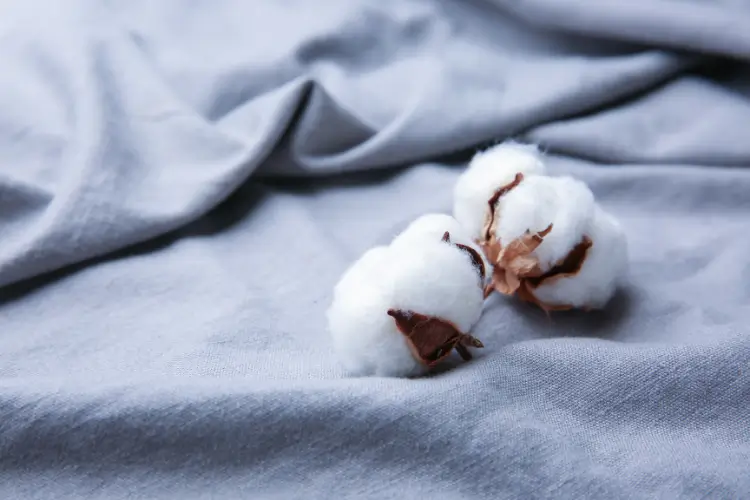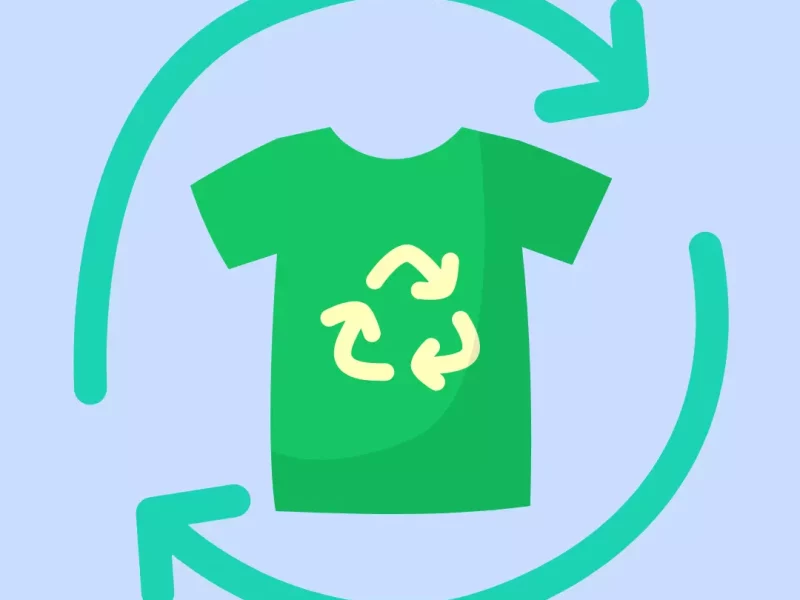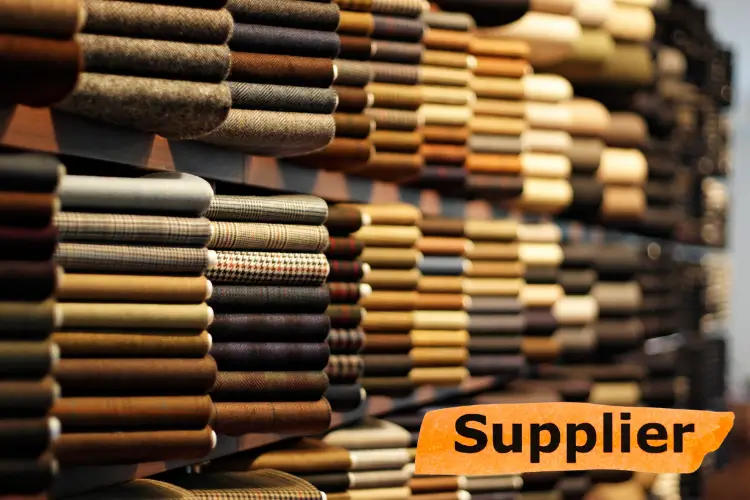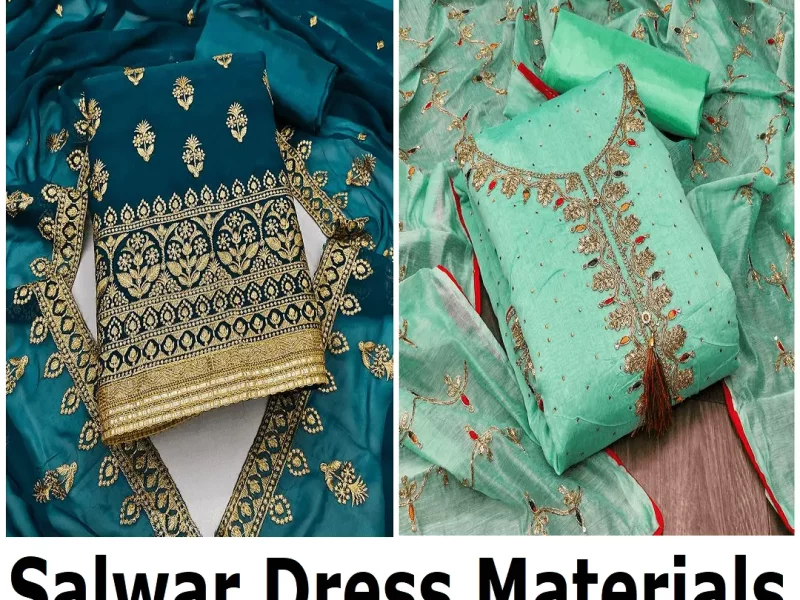The right cotton fabric can make or break your sewing project. Being one of the most popular and on-demand materials, cotton is highly valued for its softness, breathability, and workability. Considering that there are many types available nowadays, choosing the best according to personal needs may become a little tricky.
Whether it’s a quilt, dress, or blanket to cozy up in, you will want to understand the characteristics of the different cotton fabrics so that you can make informed choices for the best results. Here are five tips to guide you on buying the right cotton fabric for your next creation.
Key Takeaways
- Know the type of cotton fabric for the right suit of your project.
- Consider fabric weight—it will provide the right drape and structure for your garment.
- Check drape and texture to affect the flow of the garment.
- Select prints and colors that fit best in your project.
- Review care instructions for ease of maintenance.
Choosing Your Cotton Fabric for Your Projects
Cotton fabric, being the most popular type of fabric, is one of the most sustainable raw materials used in various industries today. With that, feel free to choose the right cotton fabric that can definitely make the difference in all your sewing. Here are five practical tips that may guide you on how to buy the right cotton fabric for your needs:.
1. Understand the Types of Cotton Fabric
Different projects call for different type cotton fabrics. Here is a brief overview:
- Quilting Cotton: Medium-weight, having a crisp finish, and best to be utilized in quilts, clothing, bags, home decor.
- Cotton Lawn: Lightweight, smooth texture; perfect for blouses, dresses, and children’s clothes.
- Cotton Poplin: Medium weight, close weave; also good for shirts, dresses, lightweight jackets.
- Cotton Voile: Very lightweight, semi-sheer; will suit summer dresses, blouses, and scarves.
- Cotton Jersey: Stretch, knitted fabric; very good for T-shirts, casual dresses, lounger wear.
- Cotton Sateen: Soft and lustrous finish; primarily used for formal, skirts, dresses.
- Cotton Flannel: This is light, tender, and napped fabric. It’s best for pajamas and blouses—anything where warmth is wanted, like blankets.
- Cotton Canvas: Heavyweight, durable; Bags, upholstery, outdoor equipment.
- Cotton Muslin: A light, plain weave fabric suitable for mock-ups, linings, and light summer dresses.
These types help you know which to choose an appropriate fabric for a particular project.
2. Consider Fabric Weight
It will affect the drape and the handle of a finished garment. Lightweights, such as cotton voile and lawn, are suitable for loose-flowing garments. Medium to heavyweights, like poplin and canvas, work well with structured items or jackets and trousers. Select this based on your project’s needs.
Important Data: Articlect Studio presents that fabrics are categorized by weight: lightweight fabrics (1-150 gsm) are used for items like chiffon, medium weight (150-250 gsm) for items like velvet, and heavyweight (250+ gsm) for items like denim.
3. Check the Drape and Texture
Drape refers to how the fabric hangs or falls. Soft drape fabrics like cotton voile and lawn work well in those garments that are flowing by nature. Stiffer drape fabrics, such as poplin and canvas, work well for structured garments. Another consideration would be texture and finish. Some are smooth and glossy, like sateen, while others are soft and brushed, like flannel. For example, for Xtclothes Sweater, they choose a cotton fabric that offers the right balance of softness and structure.
4. Pay Attention to Print and Color
Cotton fabrics are available in a lot of prints and colors. Choose a print or color that will complement the project. The scale of the print should be directly related to the dimension of the garment or item one is going to sew. Smaller prints look fine for small items, while larger prints projected onto a large surface suit bigger projects.
5. Review Care Instructions
Consider the care instructions which are placed on fabrics. Otherwise, some cotton fabrics may require special care, like dry cleaning, whereas others can be machine washed and dried. Choose a fabric suitable for your lifestyle or probable application. For example, if you like no-fuss garments, select those that can be machine washed.
Conclusion
Obtaining the right cotton fabric for your project involves knowing the types of fabric and their properties. From quilting cotton, very versatile for home decor to clothing, down to cotton lawn, superb at giving extremely light and quasi-breathing fabrics; cotton poplin and canvas provide strength with structure needed in things like jackets and bags.
Knowing the weight, drape, texture, print, and care instructions will help you to make the best selection. For the more everyday sewing projects, quilting cotton and poplin are two good picks since they are versatile with easy care. Use these tips to enable you to start your next sewing manufacture confident. Start to select your fabrics today, and enhance the quality of your work.
FAQs
1. What do I look out for when purchasing cotton fabric?
This should focus mostly on fabric weight, thread count, weave type, and colorfastness. Feel the texture and elasticity of the fabric to check whether it is suitable for making your project.
2. How will I know the superior quality of cotton fabric?
Higher thread counts can suggest better quality, although it is the consistency of weaves and lack of flaws that is usually more relevant. Take a feel of the material—an easy way to check if the material is soft or will last.
3. What’s the difference with different types of cotton fabric?
Some common types include Egyptian, Pima, and Upland cotton. Both Egyptian and Pima are strong and soft; Upland is widely used and economical.
4. How to wash cotton fabric?
Pre-wash the fabric to avoid any shrinkage. The item should be washed in cold water with mild detergent. Low heat while drying will ensure the quality of the fabric.
5. Where will I find quality cotton fabric?
Either way, look for well-known stores with an address and customer reviews that can be found online; always check customer reviews and ratings. More specifically, specialty fabric shops are going to carry the best quality and biggest selection.




